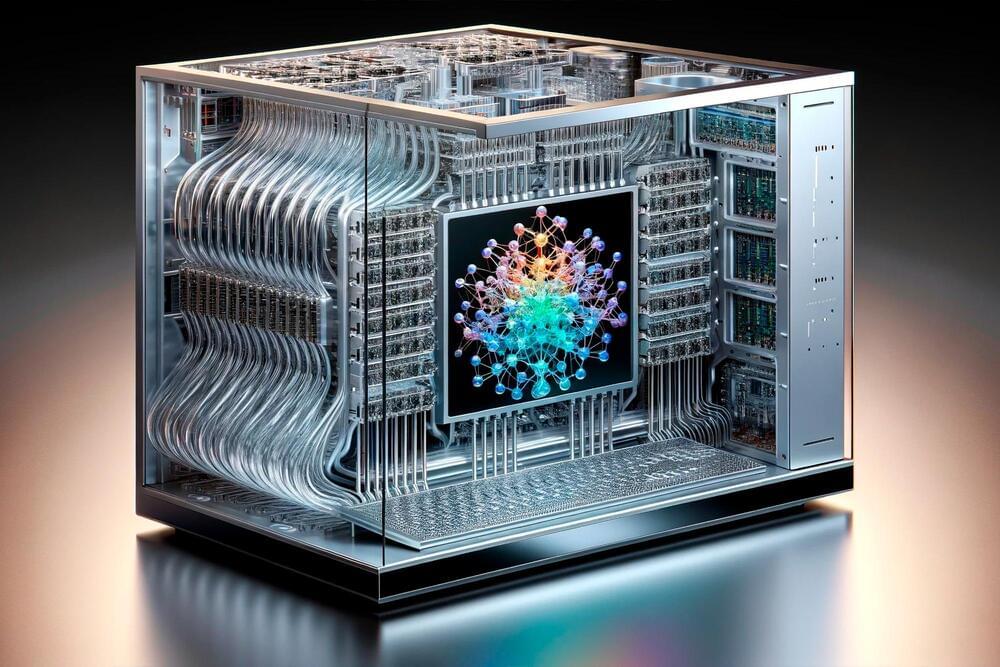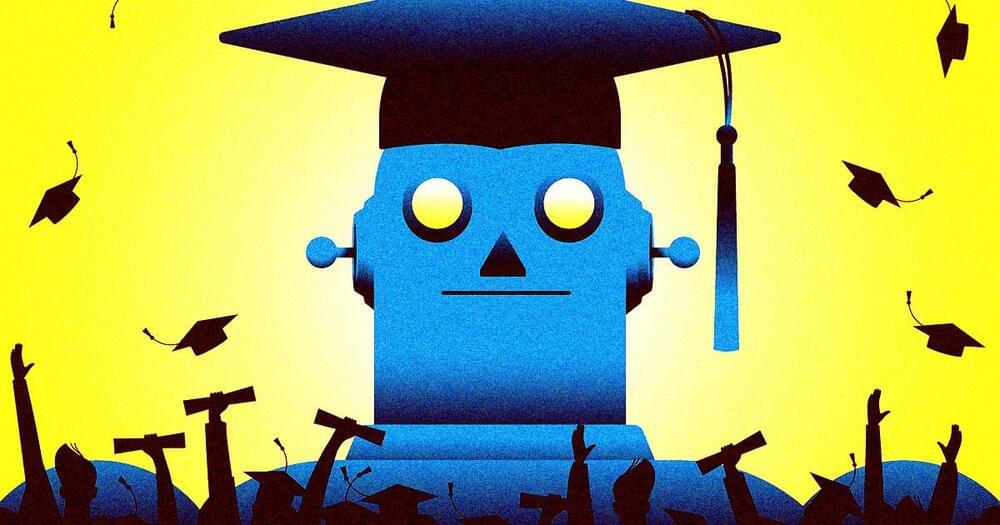A NEW “pill-on-a-thread” sponge could halve oesophageal cancer deaths in Britain, researchers say.
The new tech quickly tests for Barrett’s oesophagus — a heartburn-causing condition that can lead to cancer.
Patients swallow the capsule containing a sponge, which dissolves in the stomach and expands to the size of a 50p coin before being dragged back up the throat, collecting cells.








